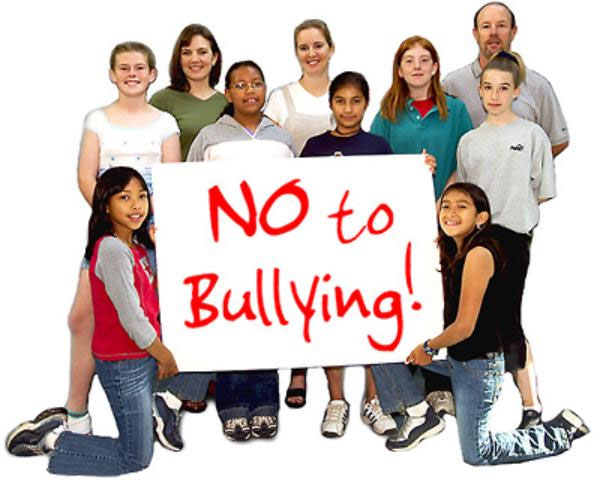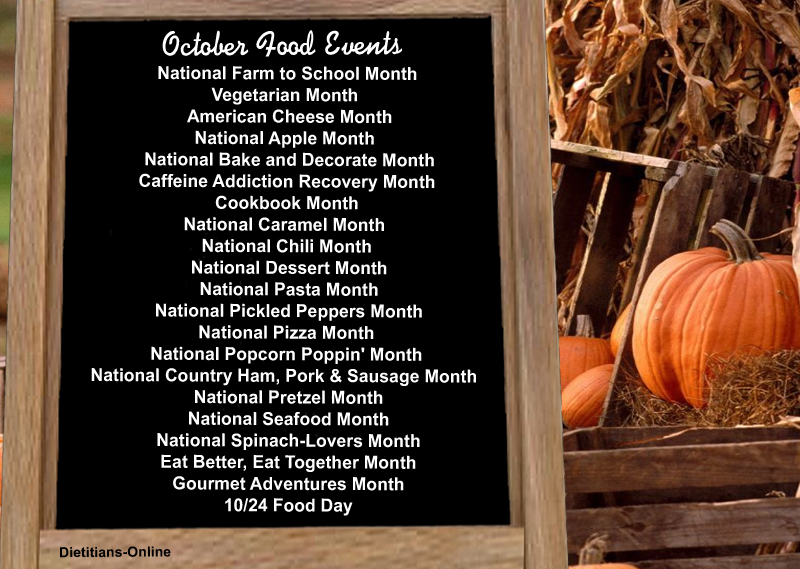October Monthly Events
October Health, Nutrition, and Food Events
National Breast Cancer Awareness Month
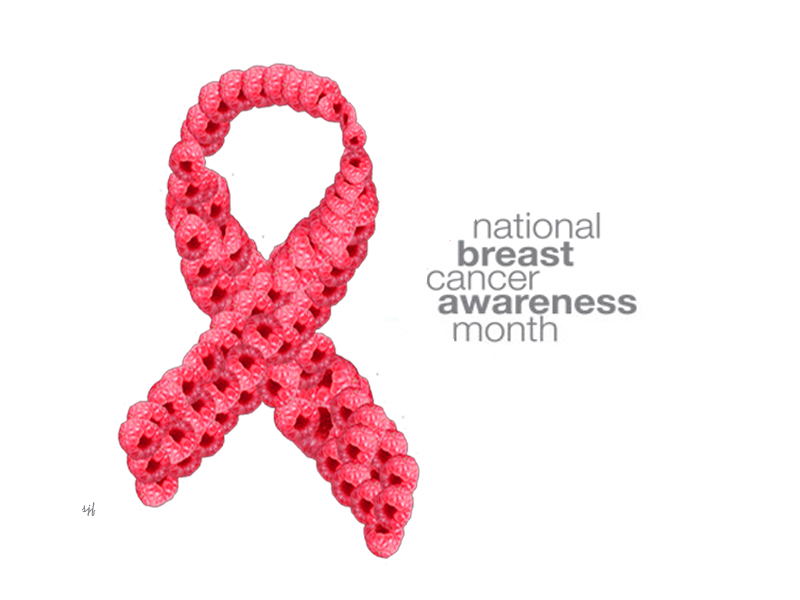
National Disability Employment Awareness Month

Global Diversity Awareness Month
Learning Disability Awareness Month
Long Term Care Planning Month
National Bullying Prevention Awareness Month
National Chiropractic Month
National Dental Hygiene Month
National Depression Education and Awareness Month
National Liver Awareness Month
Domestic Violence Awareness Month
National Crime Prevention Month
National Cyber Security Awareness Month
National Orthodontic Health Month
National Physical Therapy Month
National Protect Your Hearing Month
National Reading Group Month
National Spina Bifida Awareness Month
World Menopause Month
Food Events
UNICEF
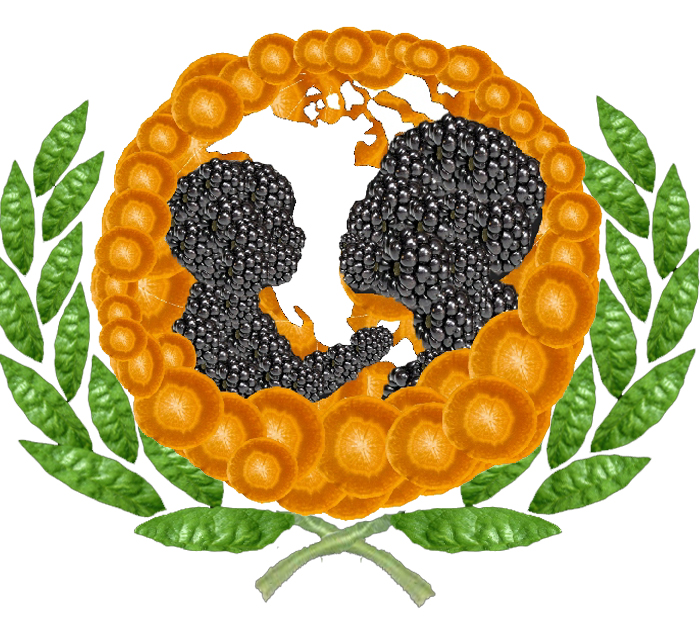
Tackling Hunger Month
Halloween Safety Month
National Farm to School Month

Vegetarian Month
American Cheese Month
American Cheese Month
National Apple Month
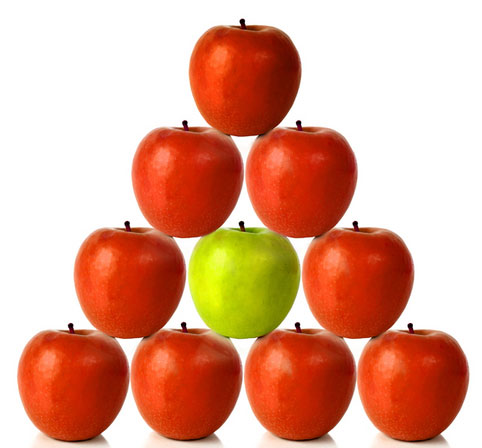
National Bake and Decorate Month
Caffeine Addiction Recovery Month
Cookbook Month
National Caramel Month
National Chili Month
National Cookie Month
National Country Ham Month
National Dessert Month
National Pasta Month
National Pickled Peppers Month
National Pizza Month
National Popcorn Poppin' Month
National Pork Month
National Pretzel Month
National Seafood Month
National Spinach-Lovers Month
Co-op Awareness Month
National Eat Better, Eat Together Month
Fair Trade Month
Gourmet Adventures Month
National Health Care Food Service Month
National Kitchen and Bath Month
National Restaurant Hospitality Month
Adopt a Shelter Dog Month
National Animal Safety Protection Month


